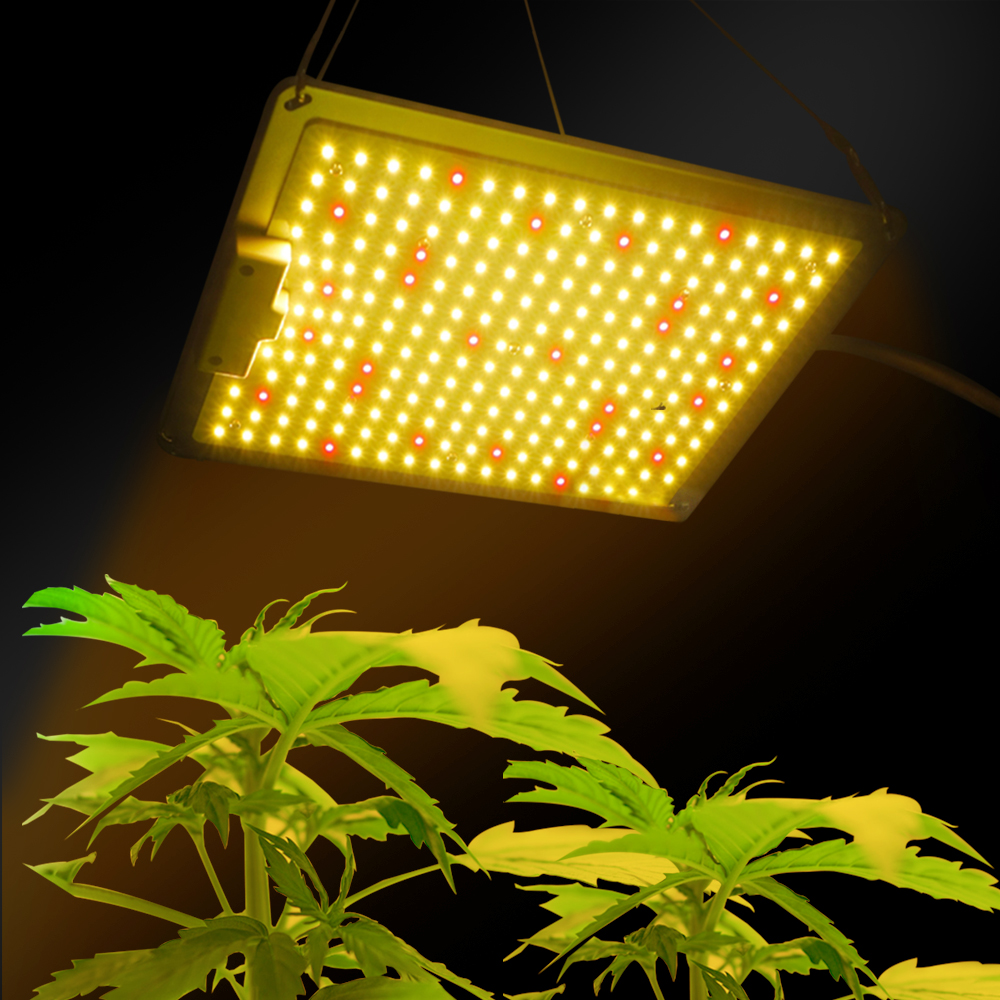Yes, every light produces heat. It does not matter if the light comes from a bulb, diode, or a star like our sun; they all produce heat. LEDs provide a more efficient means for converting energy to light than other methods and therefore produce less heat, but they can not break the laws of physics. Physics dictates that anything that consumes electrical power will emit heat; claims that LED lights don’t produce heat are entirely false– just ask any physics teacher.
While LEDs generate heat, there are important differences between traditional lighting technology and LED lights:
HID lights (metal halide, high pressure sodium and ceramic metal halide / light emitting ceramic) require heat to produce light by arcing electricity through selected gasses, making them extremely hot, to the point the gasses glow. This means HID bulbs themselves are extremely hot– hot enough to start a fire, and many gardens have gone up in flames because of this danger. LEDs’ electroluminescence technology is entirely different and does not require heat to produce light; LEDs themselves will not get hot enough to start a fire.
Much of the energy used by HID lights is emitted as infrared light (above 800 nanometers). This “light” is not usable by plants and only works to warm up the leaves — and everything else under the light. This is why HID light feels warm on your skin, while LED light does not. Our LED grow lights don’t waste energy creating unusable and detrimental infrared light; all the energy goes toward growing your plants.
Because LEDs aren’t wasting energy producing light plants can’t use, we can use less energy overall to get the same (or better!) growth from plants. Less energy consumed means less heat; for a given growing area, LED lights will send out less heat than any equivalent artificial light.
Aokairuisi LED grow light will be your best partner when you choose to grow indoor. We offer full spectrum LED grow lights and the spectrum can be customized. Shop here: https://ledgrowlight.co/shop

